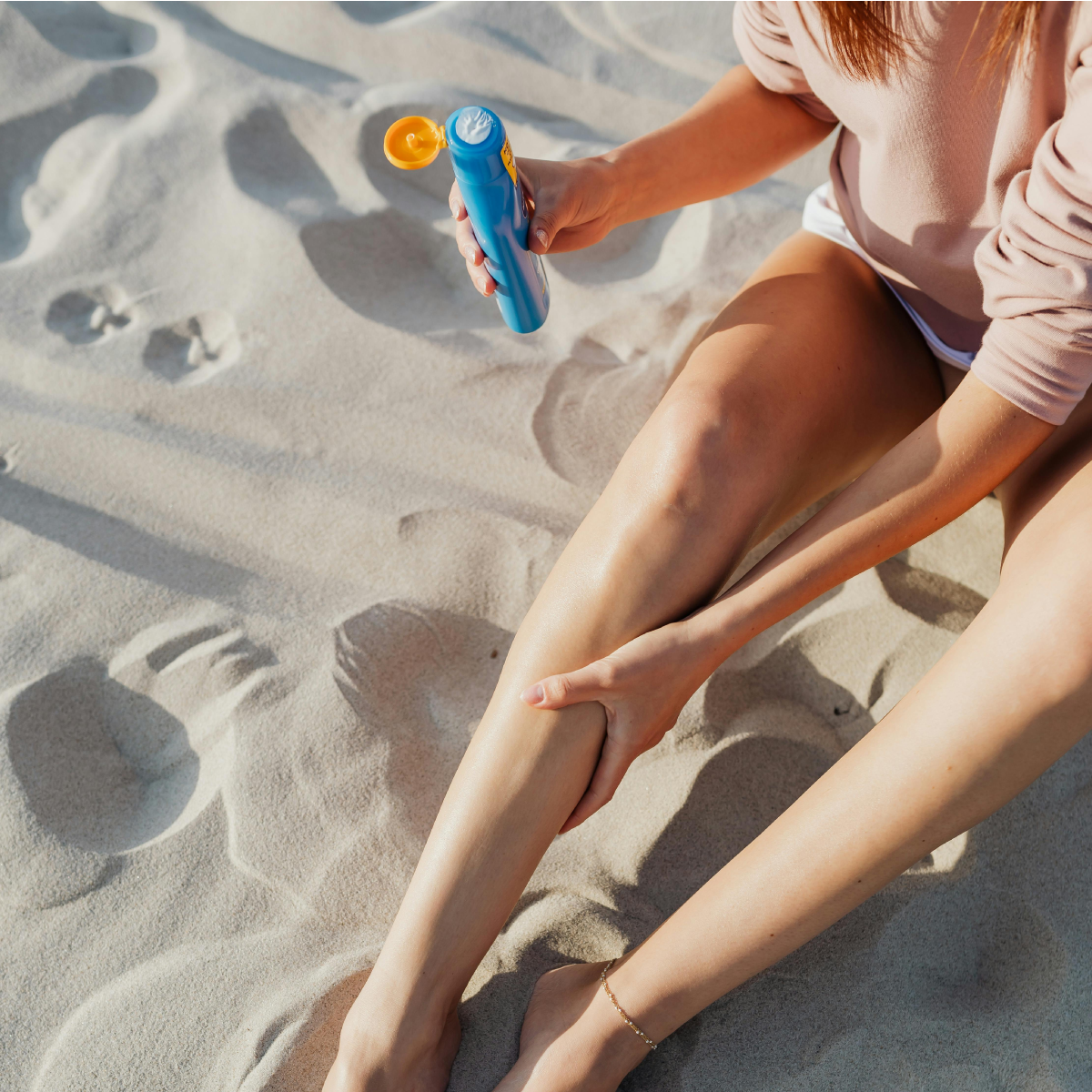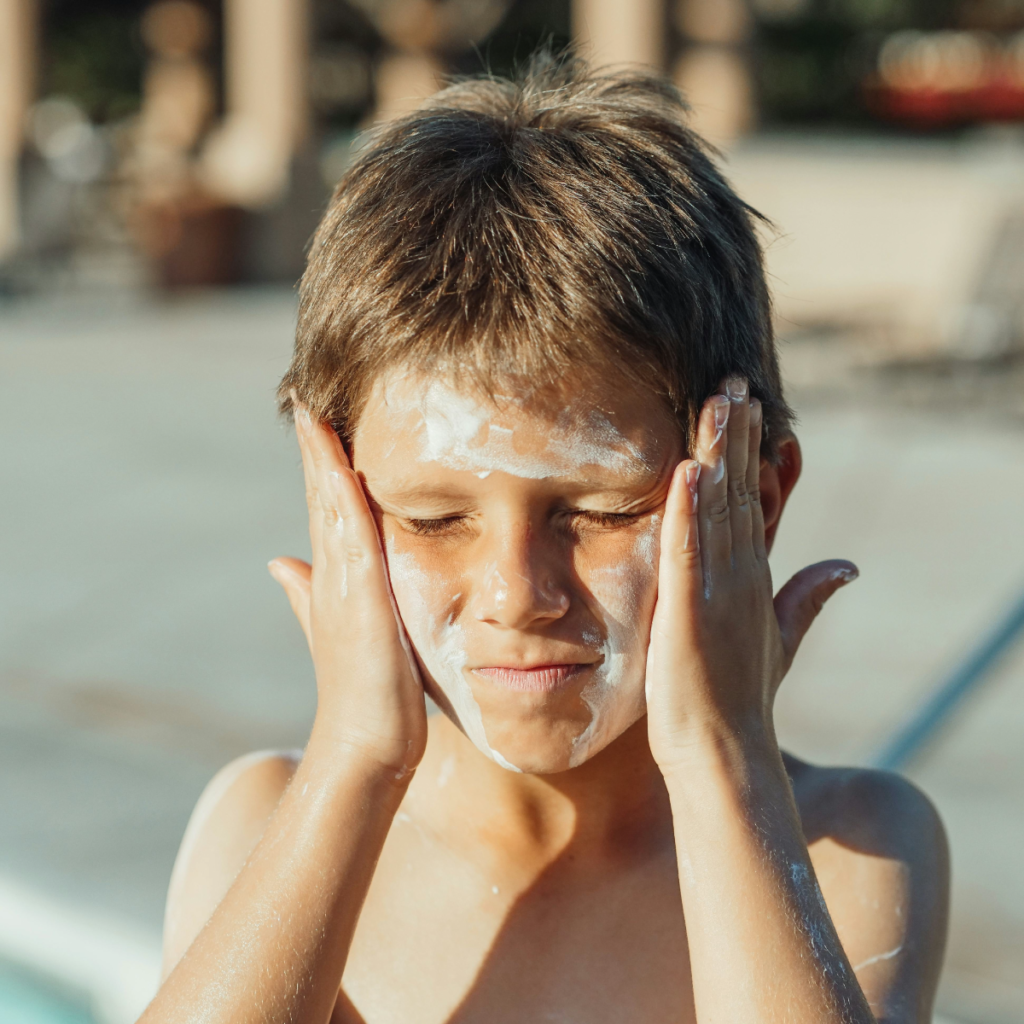March 11, 2025
Not All Sunscreens Are Created Equal: Here's What Your Skin Absorbs

Knowing what is in your sunscreen is an absolute necessity, because most of the ingredients are toxic!
There are two types of sunscreen, physical barrier sunscreen and chemical barrier sunscreen. Physical and chemical sunscreens differ not only in how they protect the skin from UV rays but also in their composition and impact on health. Physical sunscreens, often referred to as mineral sunscreens, primarily use zinc oxide or titanium dioxide as active ingredients. These minerals sit on the skin’s surface, reflecting and scattering ultraviolet light, effectively acting as a barrier. Physical sunscreens are generally well-tolerated by most skin types, including sensitive skin, and offer broad-spectrum protection against both UVA and UVB rays without being absorbed into the skin.

These are the sunscreens that often leave a white mask on your skin, which most people find undesirable, especially in our daily makeup and moisturizer product
Chemical sunscreens, on the other hand, rely on active ingredients like oxybenzone, avobenzone, octinoxate, and homosalate, which work by absorbing UV rays and converting them into heat.
However, concerns have arisen about the safety of these chemicals. Oxybenzone, in particular, has been linked to potential hormone disruption and environmental damage, including harm to coral reefs. Some studies suggest that certain chemical filters may penetrate the skin and enter the bloodstream, leading to systemic exposure. This raises questions about long-term safety, especially with prolonged and frequent use… these are the sunscreens most commonly found in our cosmetics, as well as in the more user-friendly spray on sunscreens. So you could be exposing yourself to these toxins daily and not even be aware!
Appropriate sun exposure can be safer than relying on sunscreen for many of us. It allows the body to produce essential vitamin D naturally, which is critical for bone health, immune function, and overall well-being. Short, controlled periods of sunlight can boost mood, regulate circadian rhythms, and provide these health benefits without the risk of absorbing potentially harmful chemicals found in some sunscreens, such as oxybenzone or octinoxate.
Early civilizations used natural methods of sun protection, such as seeking shade, wearing protective clothing, or applying plant-based oils and muds to shield the skin. Our ancestors were more attuned to the natural rhythm of sun exposure, limiting time in the sun during peak hours and relying on natural protection mechanisms like melanin. While sunscreen can be helpful in certain situations, it’s not the only or even always the best way to protect the skin from the sun.
Fun fact! Did you know that olive oil provides an SPF of 8???

